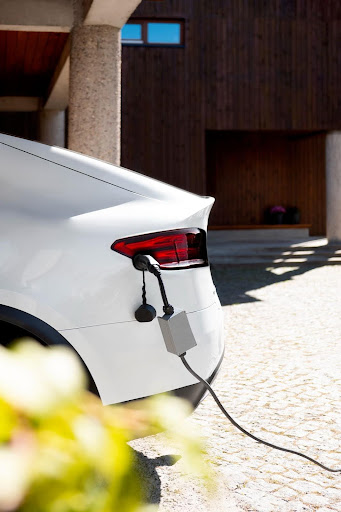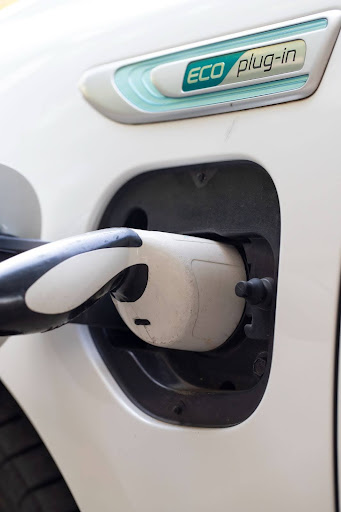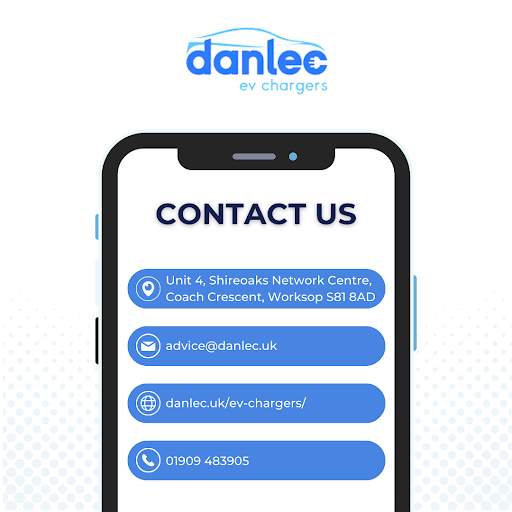What Are The Different Types Of Ev Chargers?
Are you scratching your head trying to understand the maze of electric car chargers out there? With so many types, each boasting different speeds and connectors, it’s no surprise. You’re not alone in feeling a bit lost.
At Danlec, we provide different types of EV Chargers. Contact us to find out more.

Key Takeaways
- EV chargers are sorted into slow, fast, and rapid/ultra-rapid types, each offering different charging speeds suited for various needs. Slow chargers can take up to 12 hours for a full charge, while ultra-rapid ones might do it in about 20 minutes.
- There are several connector types like Type 1, Type 2, CHAdeMO, and CCS used for electric vehicles.
- Tethered chargers have cables permanently attached making them convenient to use without needing your cable. Untethered chargers let you use interchangeable cables but require you to bring your own.
- When choosing an EV charger consider the vehicle’s compatibility with the charger type and connector, desired charging speed depending on daily usage or travel needs, installation location ease and cost factors.
- Accessories like smart charging capabilities can add convenience by letting you schedule charges remotely. Portable power banks offer emergency charging options on the go especially useful for plug-in hybrid vehicles.

Understanding EV Charger Types
EV chargers come in various types, including slow, fast, and rapid/ultra-rapid chargers. The charging speed and power output are the main differences between these charger types.
Slow chargers
Slow chargers offer charging speeds of up to 6kW AC. They suit best for emergency use and might take around 12 hours to recharge a vehicle’s battery fully.
In the UK, the common three-pin plug also serves for slow charging. Many electric vehicles come with a cable that fits these plugs, making it easier to charge at home or public stations.

Using a slow charger is like filling a large water bottle drop by drop. It takes time but gets the job done eventually. While not the quickest way to power up your car, it’s useful for overnight charges or when no other options are available.
Think of it as the steady tortoise in a world full of rapid hares – slow and steady wins the race, especially in an emergency or for routine home charging needs.
Fast chargers
Fast chargers give your electric vehicle a quick boost. They are more powerful than slow chargers, making them perfect for when you’re on the go. You can use them at shopping centres, car parks, and service stations.
Most fast chargers provide power from 7 kW to 22 kW. This means you can fill up much of your battery in just a few hours.
The Type 2 connector is often found with these chargers. It’s very common for fast charging stations. With such connectors, most new electric cars and plug-in hybrid vehicles can charge without any issues.
Fast charger networks like BP Pulse and Pod Point help you find spots to recharge whenever needed. They make driving an electric vehicle easier by offering many locations to power up quickly before reaching your destination.
Rapid and ultra-rapid chargers
Rapid chargers power up your electric car quickly. They are rated at 50kW and can get your EV battery to 80% in about 40 minutes. These chargers often come with cables attached that stay connected to the station.
This makes it easy to just plug in and start charging.
Ultra-rapid chargers are even faster, letting drivers refill their batteries quicker than before. With a rating of 100kW or more, they can boost an EV’s battery to 80% in roughly 20 minutes.
Like rapid chargers, they usually have tethered cables for added convenience at charging points. This speed is ideal for quick stops during long trips, making them a popular choice at public charging stations and supercharger networks.
Types of EV Connectors
Type 1
Type 1 connectors are common on older electric cars. Cars like the first Nissan Leaf, made between 2010 and 2017, use this plug. They can charge up to 7kW of power using alternating current (AC).
This makes them suitable for home chargers or workplace charging points.
Designed with a push-in mechanism, these plugs connect easily to compatible vehicles. Despite newer models moving towards other types, Type 1 still serves many drivers well. Their design ensures a secure connection every time you plug in your vehicle for charging.
Type 2
Moving from Type 1 connectors, we now explore Type 2, the standard for charging electric vehicles (EVs). These connectors stand out with their unique seven-pin design and an in-built lock to keep the plug secure during charging.
They suit a range of power outputs – specifically 3.7kW, 7kW, and even up to 22kW for faster top-up times using three-phase electricity sources. This versatility makes them ideal for both home charging stations and public points.
Type 2 sockets are found on a variety of cars manufactured like the BMW i3 and Renault Zoe. Because these sockets have become quite universal EVs, many drivers choose portable charging cables that fit their vehicle’s Type 2 inlet.
This ensures they can easily connect to most charge points they come across, whether they’re stopping at a shopping centre or parking overnight at home. With the push towards all electric cars, having a reliable and compatible connector like Type 2 greatly simplifies keeping your car charged up and ready to go.
CHAdeMO
CHAdeMO connectors are a type of plug used to charge some electric cars quickly. Car makers in Japan and Korea often choose these plugs for their vehicles, such as the Mitsubishi Outlander PHEV and Nissan Leaf.
They allow cars to get a lot of power fast, up to 50kW DC, making them great for quick stops during long trips.
Using CHAdeMO means drivers can find charging stations easily that match their car’s plug. This system supports rapid-charging, helping make electric vehicle use more convenient and flexible for people on the go.
CCS
CCS stands for Combined Charging System. This system supports fast charging for electric vehicles. Cars like the BMW i3, Jaguar I-Pace, and Volkswagen ID.3 use CCS connectors. Kia e-Niro drivers also plug in using CCS.
This connector lets cars charge quickly at public stations.
Tesla Superchargers work with Tesla’s version of the CCS connector too. Owners of some Tesla models can use adaptors to connect to these fast-charging points. The aim is to make charging simple and speedy across different car brands using direct current (DC) technology.
Difference between Tethered and Untethered Chargers
Tethered chargers have permanently connected cables, offering convenience. In contrast, untethered chargers allow flexibility with interchangeable cables. Rapid and ultra-rapid chargers commonly use tethered cables for permanent connection, while some fast chargers may utilise untethered cables.
Home EV chargers come in both tethered and untethered options, each with its own advantages and drawbacks.
Choosing the Right EV Charger
Consider your vehicle’s compatibility
When choosing an EV charger, ensure it’s compatible with your vehicle’s power requirements. Rapid and ultra-rapid chargers vary in power ratings, impacting their compatibility with different EV models.
Consider the type of cables and connectors needed to charge your vehicle as they can affect the compatibility with charging points available. New EVs come equipped with necessary cables but need verification for compatibility with available charging infrastructure.

The upcoming UK ban on new petrol and diesel cars makes considering EV compatibility crucial for future purchases.
Deciding on the charging speed
When choosing the charging speed for your electric vehicle, consider the needs of your daily routine and travel. If you have a shorter commute or can charge at home or work, a slower charger may suffice.
However, if you require quicker top-ups, especially during long trips, fast or rapid chargers could be more suitable. Rapid chargers are capable of refilling 80% of an EV battery in just 40 minutes, offering convenience for those needing faster turnarounds on the road.
Accessories and additional features
When considering accessories and additional features for your EV charger, remember to look at smart charging capabilities that allow you to schedule and monitor charging remotely. Some chargers also come with built-in cable management or storage options which can help keep your space tidy.
Additionally, consider accessories like portable power banks for emergency charging on the go, especially if you have a plug-in hybrid electric vehicle (PHEV). These extra features can provide added convenience and peace of mind as you navigate the realm of electric vehicle ownership.
Found A Charger That’s Compatible With Your Vehicle?
Danlec has an incredible range of EV chargers, and finding one that perfectly fits your vehicle is just the beginning of your electrifying journey.
Whether you’re cruising in a compact electric car or navigating the roads in a spacious electric SUV, Danlec ensures compatibility and efficiency every step of the way.
But why stop at just finding the right charger when you can also experience exceptional service and support?
Danlec goes the extra mile to ensure your transition to electric mobility is seamless and hassle-free.
So, why wait? Take the next step toward sustainable driving today. Contact Danlec and let their expertise guide you to the perfect EV charging solution for your needs. Your eco-friendly ride awaits!


